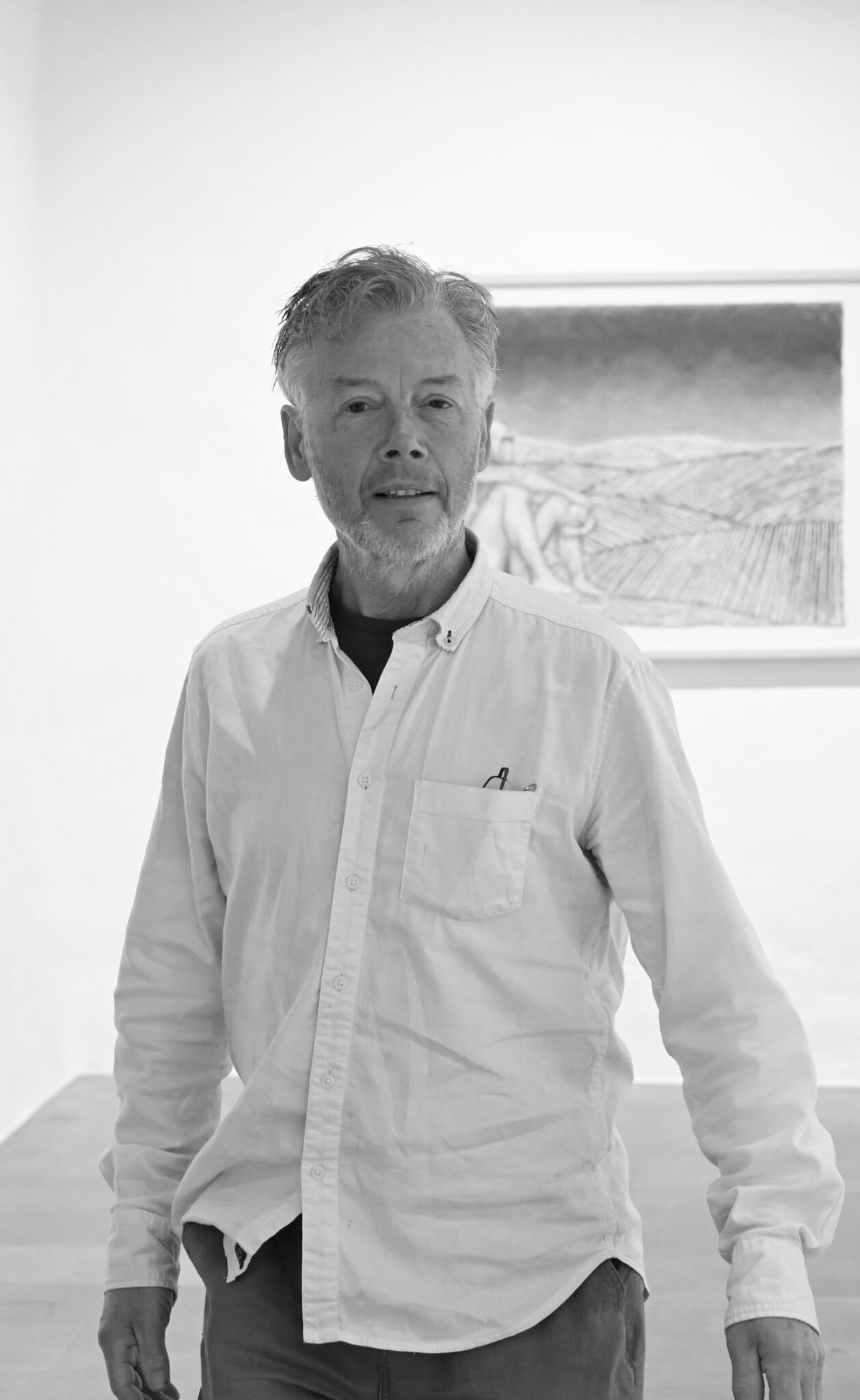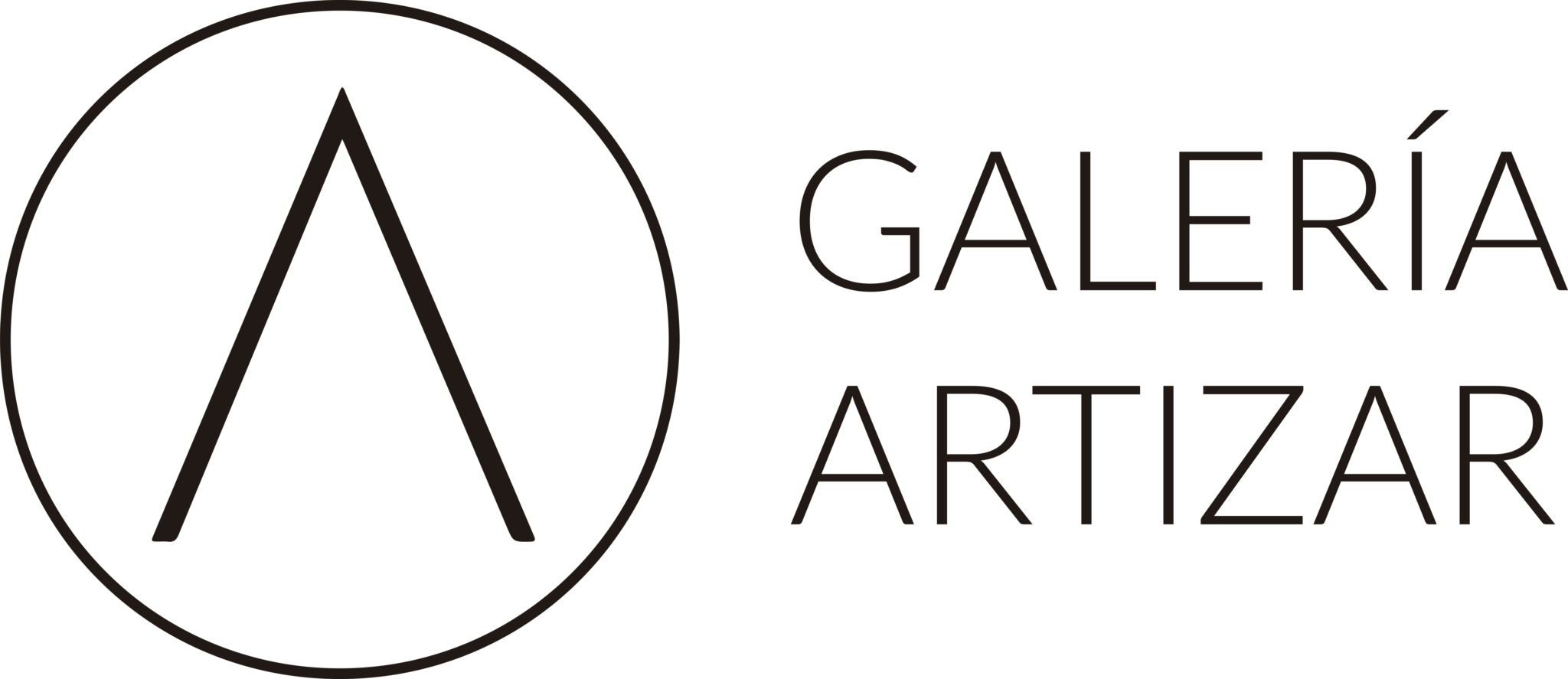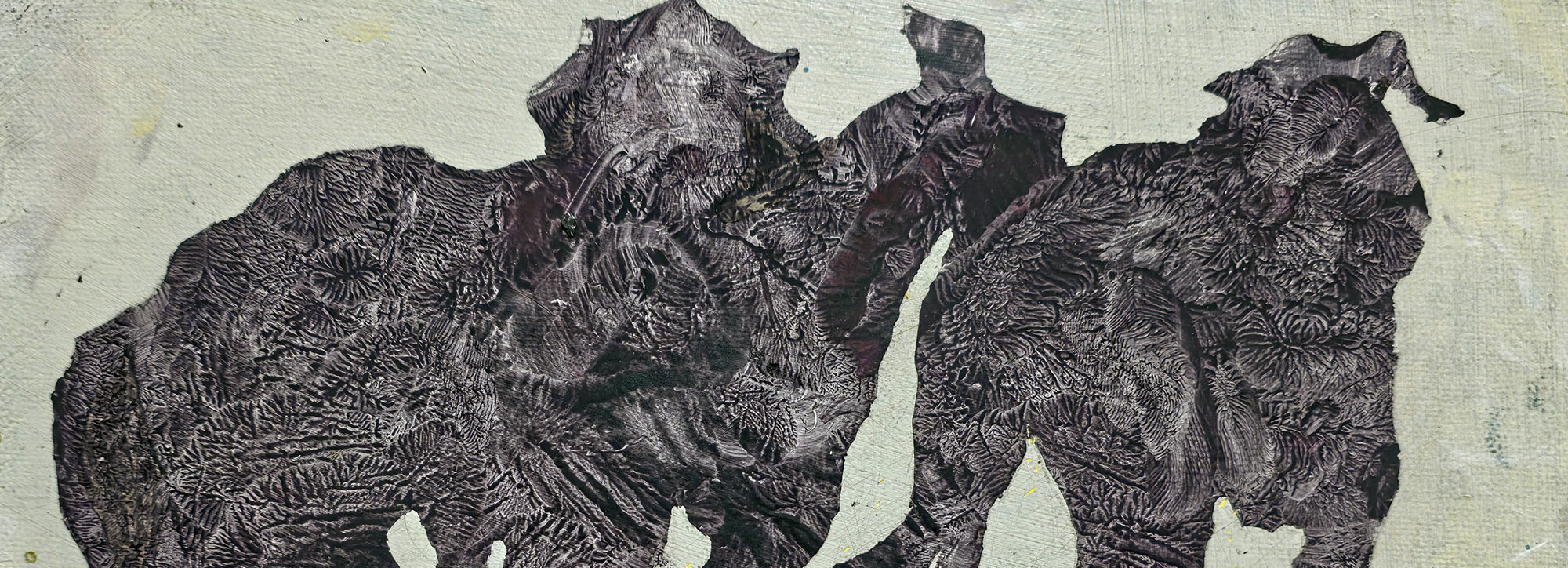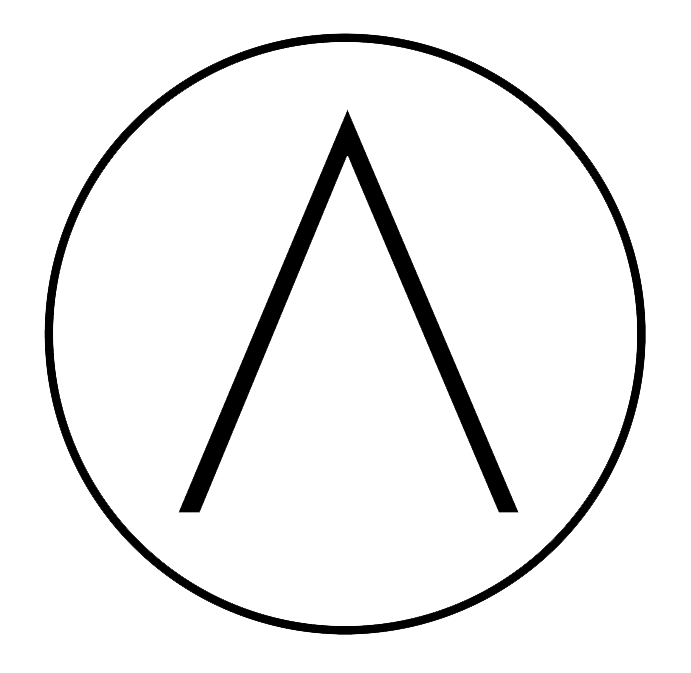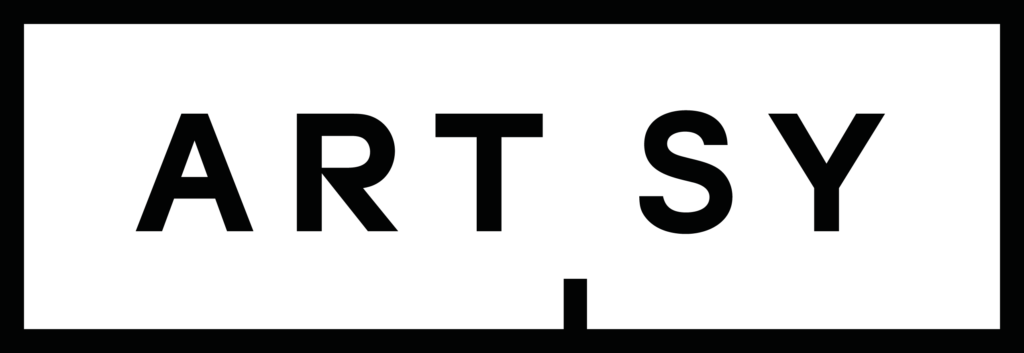I used this in Amsterdam two weeks ago.:
Hans Lemmen, born in Venlo in 1959, is interested in how humans and other life forms are determined by time and space (climate, evolution, landscape, etc.).
His visual language can be described as surreal and poetic, though he always starts from his personal situation and his immediate (rural) environment.
He paints and draws on both large and small formats of paper. He also created 12 commissioned 3D works for public spaces in various techniques and materials. Additionally, he makes independent sculptures. His work has been exhibited in solo exhibitions in the Netherlands, Belgium, France, and Spain.
